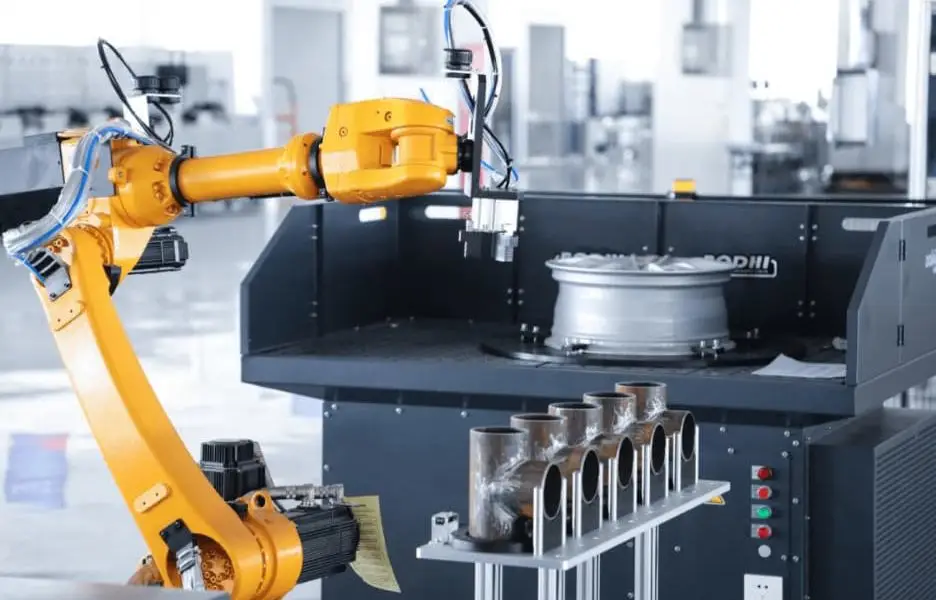Metal casting is a fascinating process that has been used for centuries. It involves pouring molten metal into a mold to create an object of a specific shape. One of the most popular metals for casting is aluminum, known for its lightweight and strong properties.
In this guide, we’ll cover the basics of aluminum casting, from preparing the aluminum die casting materials to the final product. Keep on reading for more info on metal casting aluminum.
What is Aluminum Casting?
Aluminum casting is the process of creating objects by melting aluminum and pouring it into a mold. Once the aluminum cools and hardens, it takes the shape of the mold. This process is widely used in industries such as automotive, aerospace, and construction due to aluminum’s high strength-to-weight ratio and resistance to corrosion.
Why Choose Aluminum?
Aluminum is a versatile metal with several key benefits. It is lightweight, making it ideal for applications where minimizing weight is important, yet it remains durable and strong. Additionally, aluminum is corrosion-resistant, which means it doesn’t rust, making it perfect for outdoor and marine environments. As an environmentally friendly option, aluminum is also recyclable without losing its original properties.
The Basic Steps of Aluminum Casting
Here are some of the steps you need to know about aluminum casting:
Designing the Mold
The first step in aluminum casting is designing the mold. The mold determines the final shape of the cast object. Molds can be made from various materials, including sand, metal, or plaster. The design phase is crucial because any imperfections in the mold will be transferred to the final product.
Preparing the Mold
Once the mold design is complete, the next step is preparing the mold. For sand casting, this involves packing sand around a pattern of the object to be cast. For metal molds, it may involve machining the mold to the desired shape.
Melting the Aluminum
The aluminum needs to be heated until it reaches its melting point, which is around 1220°F (660°C). This is usually done in a furnace. Safety is crucial at this stage, as molten aluminum is extremely hot and can cause severe burns.
Pouring the Molten Aluminum
Once the aluminum is melted, it is carefully poured into the prepared mold. This step requires precision to ensure the molten metal fills all parts of the mold evenly.
Cooling and Solidifying
After pouring, the aluminum needs time to cool and solidify. The cooling rate can affect the properties of the final cast, so it must be controlled carefully.
Removing the Cast
Once the aluminum has cooled and solidified, it can be removed from the mold. For sand casting, this involves breaking the sand mold apart. For metal molds, the cast may need to be pried out or removed using mechanical means.
Finishing Touches
The final step in aluminum metal casting is finishing the cast object. This can involve sanding, polishing, or machining to remove any rough edges or imperfections. The goal is to achieve a smooth, finished product that meets the desired specifications. For best results, it is recommended to get professional services. If you need some recommendations, click for more about aluminum casting services.
Exploring Metal Casting Aluminum
Aluminum casting is a versatile and efficient method for producing a wide range of objects. From intricate engine parts to simple decorative items, the possibilities are vast. Whether you’re a hobbyist looking to create custom pieces or an industry professional, understanding the basics of metal casting aluminum is key to achieving quality results.
For more topics aside from casting aluminum, visit our blog!
Stay in touch to get more news & updates on Buzz Slash!




